Home>Gardening & Outdoor>Landscaping Ideas>How To Get Rid Of Centipede Grass In Bermuda
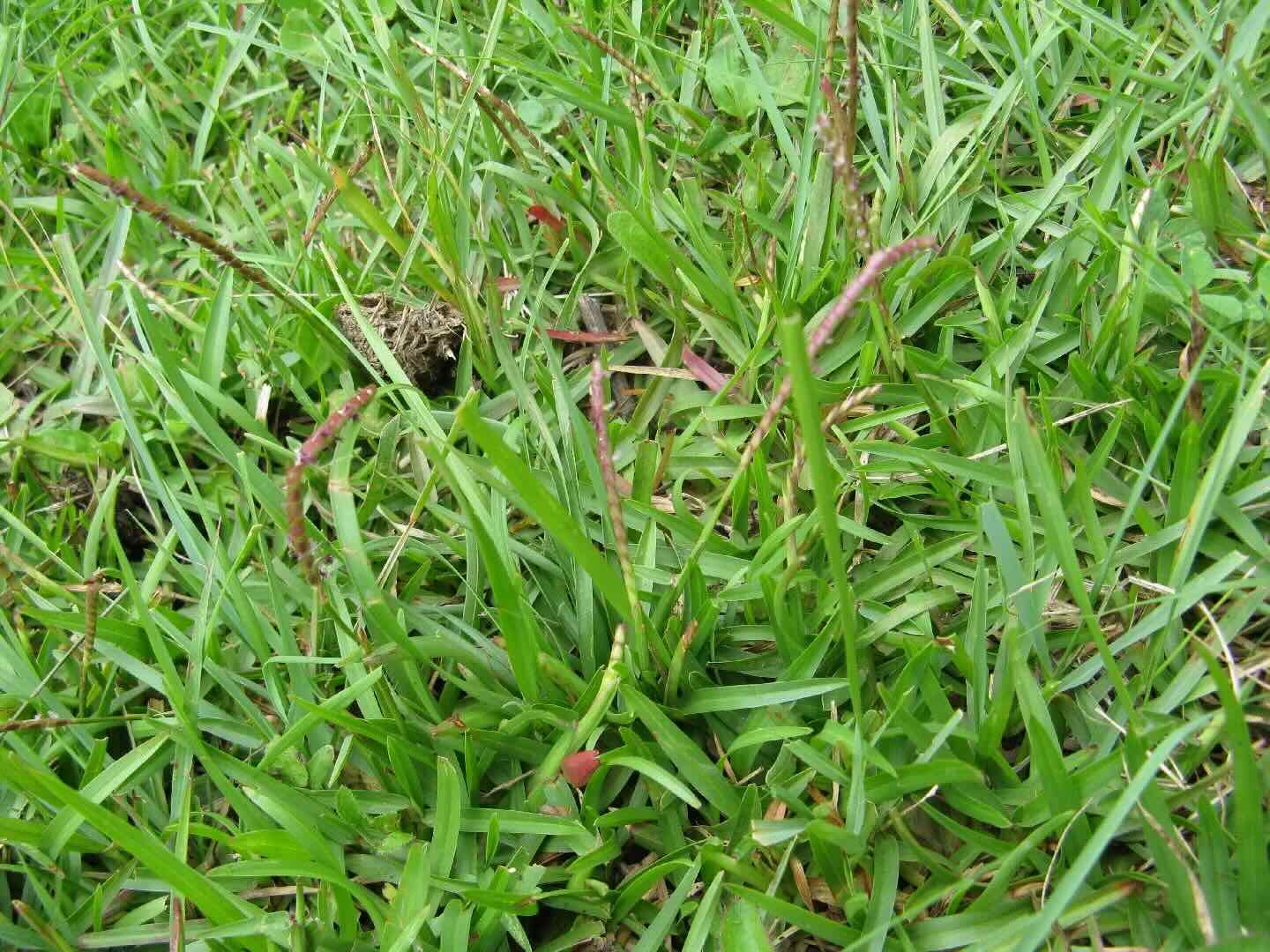

Landscaping Ideas
How To Get Rid Of Centipede Grass In Bermuda
Modified: March 29, 2024
Learn effective landscaping ideas to eliminate centipede grass from your Bermuda lawn. Discover expert tips and techniques for a pristine yard.
(Many of the links in this article redirect to a specific reviewed product. Your purchase of these products through affiliate links helps to generate commission for Storables.com, at no extra cost. Learn more)
Introduction
Welcome to the ultimate guide on how to get rid of centipede grass in Bermuda! Dealing with unwanted centipede grass can be a daunting task for any homeowner or landscaper. However, with the right knowledge and strategies, you can effectively manage and eliminate this invasive grass species from your Bermuda lawn.
In this comprehensive guide, we'll delve into the nuances of centipede grass in Bermuda, from understanding its characteristics to identifying and implementing various removal methods. Whether you're a seasoned lawn care enthusiast or a novice gardener, this article will equip you with the insights and techniques needed to combat centipede grass and restore the beauty of your Bermuda grass lawn.
So, let's roll up our sleeves and embark on a journey to reclaim your lush Bermuda turf from the clutches of centipede grass. By the end of this guide, you'll be empowered to tackle centipede grass infestations with confidence and precision, ensuring a vibrant and thriving lawn for years to come.
Key Takeaways:
- Centipede grass, an invasive species, can be identified by its coarse texture and light green color. Manual removal and targeted herbicidal treatments are effective methods for reclaiming Bermuda lawns from this persistent nuisance.
- Preventing centipede grass reinfestation involves regular lawn maintenance, cultural practices, and vigilance. By fortifying Bermuda turf against invasive encroachment, homeowners can enjoy a vibrant and resilient landscape.
Read more: How To Get Rid Of Centipede Grass
Understanding Centipede Grass in Bermuda
Centipede grass, scientifically known as Eremochloa ophiuroides, is a warm-season turfgrass species that is often prized for its low maintenance requirements and lush, dense growth. However, when it infiltrates Bermuda grass lawns, it can quickly become a persistent nuisance, competing for resources and compromising the overall health and aesthetic appeal of the turf.
Native to China and Southeast Asia, centipede grass thrives in warm, humid climates, making it well-suited for growth in Bermuda and other tropical regions. Its distinctive light green color and coarse texture set it apart from the finer blades of Bermuda grass, making it relatively easy to identify within a mixed lawn.
One of the key challenges posed by centipede grass in Bermuda is its aggressive spreading behavior. This grass species can rapidly invade and overtake Bermuda grass, forming dense mats and crowding out desirable turf species. Additionally, centipede grass exhibits resilience in the face of environmental stressors, allowing it to persist and thrive even under suboptimal conditions.
Understanding the growth habits and characteristics of centipede grass is essential for devising effective eradication strategies. By familiarizing yourself with the unique traits of this invasive grass species, you can better pinpoint its presence in your Bermuda lawn and take targeted measures to mitigate its impact.
As we delve deeper into the methods for eliminating centipede grass, it’s important to recognize the tenacity of this resilient plant and the need for a comprehensive approach to control and removal. Armed with a deeper understanding of centipede grass in the context of Bermuda lawns, you’ll be better equipped to tackle the challenge of eradicating this unwelcome intruder and restoring the vitality of your turf.
Identifying Centipede Grass
Recognizing centipede grass within a Bermuda lawn is crucial for initiating targeted removal efforts. While centipede grass shares some similarities with Bermuda grass, there are distinct features that can aid in its identification.
Centipede grass is characterized by its coarse texture and light green color, which sets it apart from the finer, darker green blades of Bermuda grass. When observed up close, the individual blades of centipede grass often appear wider and coarser than those of Bermuda grass, lending it a distinct appearance within the turf.
Another key identifying trait of centipede grass is its growth habit. This invasive grass species tends to spread through stolons, producing aboveground runners that enable it to rapidly colonize and overtake the surrounding turf. As a result, centipede grass can form dense, interconnected mats that encroach upon the growth space of Bermuda grass, leading to visible patches or infiltrations within the lawn.
Furthermore, centipede grass exhibits a unique growth pattern that can aid in its recognition. Unlike Bermuda grass, which tends to form a dense, uniform turf, centipede grass may display a more irregular and patchy growth habit, with distinct clusters or tufts scattered throughout the lawn.
When inspecting the lawn for centipede grass, it’s essential to pay attention to the presence of seed heads, as these can provide valuable clues for identification. Centipede grass produces seed heads that are characterized by a distinctive, finger-like appearance, which can aid in distinguishing it from other grass species.
By familiarizing yourself with these distinguishing characteristics, you can effectively identify centipede grass within your Bermuda lawn and take targeted measures to address its presence. As we delve into the methods for removing centipede grass, this foundational knowledge will be instrumental in executing precise and effective eradication strategies.
Manual Removal of Centipede Grass
When tackling centipede grass infestations in Bermuda lawns, manual removal can be a highly effective and environmentally friendly approach. By targeting the invasive grass directly and minimizing the use of chemical interventions, manual removal allows for precise control over centipede grass while preserving the integrity of the surrounding Bermuda turf.
One of the primary methods for manually removing centipede grass involves hand-pulling or digging out the invasive grass clumps and runners. This approach is particularly effective for isolated patches or localized infestations, allowing you to carefully extract the centipede grass while minimizing disruption to the surrounding Bermuda grass.
To manually remove centipede grass, start by identifying the areas of infestation within the lawn. Using a hand trowel or garden fork, gently loosen the soil around the base of the centipede grass clumps, taking care to extract the entire root system to prevent regrowth. As you work, be mindful of the interconnected stolons that enable centipede grass to spread, ensuring thorough removal to prevent reestablishment.
For larger infestations or more extensive areas affected by centipede grass, the use of a sod cutter or turf cutter can expedite the removal process. By carefully slicing beneath the surface of the turf, you can lift and remove sections of centipede grass-infested sod, minimizing soil disturbance and facilitating the extraction of the invasive grass.
Following the manual removal of centipede grass, it’s essential to fill any resulting gaps or bare areas with healthy Bermuda grass to promote uniform turf coverage and prevent the reinfestation of centipede grass. Overseeding the treated areas with Bermuda grass seed or laying sod can aid in the restoration of a lush and cohesive lawn surface.
By embracing manual removal techniques, you can effectively address centipede grass infestations in a targeted and environmentally conscious manner, safeguarding the vitality and aesthetics of your Bermuda grass lawn. As we explore additional control methods, keep in mind the value of manual removal as a precise and sustainable approach to managing centipede grass intrusions.
To get rid of centipede grass in Bermuda, you can use a selective herbicide specifically designed to target and kill centipede grass while leaving the Bermuda grass unharmed. Be sure to follow the instructions on the herbicide label for best results.
Chemical Control Methods
When faced with widespread or persistent centipede grass infestations in Bermuda lawns, chemical control methods can provide an effective means of targeted eradication. By leveraging herbicides specifically formulated to combat invasive grass species, you can address centipede grass infestations with precision and efficiency, reclaiming the integrity of your Bermuda turf.
Selective herbicides designed to target grassy weeds while preserving desirable turf species can be instrumental in managing centipede grass. Herbicides containing active ingredients such as fenoxaprop, fluazifop, or sethoxydim are commonly used to control invasive grasses like centipede grass without harming Bermuda grass and other ornamental plants.
Prior to applying any herbicidal treatment, it’s crucial to carefully read and follow the product label instructions, ensuring proper dilution, application rates, and safety precautions. Additionally, consider conducting a spot test in a small, inconspicuous area to assess the herbicide’s compatibility with Bermuda grass and to gauge its efficacy against centipede grass.
For localized infestations or spot treatments, non-selective herbicides containing glyphosate can be applied with precision to targeted areas of centipede grass. These products effectively eradicate a broad spectrum of vegetation and are best suited for controlling centipede grass in areas where the complete removal of vegetation is permissible.
When applying herbicidal treatments to combat centipede grass, it’s important to consider environmental factors such as temperature, humidity, and precipitation. Optimal application conditions, typically during periods of active growth and minimal stress on the turf, can enhance the effectiveness of the herbicide and minimize the potential for off-target damage.
Following the application of herbicidal treatments, monitor the treated areas for signs of centipede grass decline and regrowth of Bermuda grass. Depending on the extent of the infestation and the resilience of the centipede grass, repeat applications or follow-up treatments may be necessary to achieve comprehensive control and prevent reinfestation.
By integrating targeted herbicidal control methods into your centipede grass management strategy, you can effectively address invasive grass infestations in Bermuda lawns, restoring the lush and uniform appearance of your turf. As we explore preventive measures, keep in mind the value of chemical control methods as a precise and strategic approach to combating centipede grass.
Read more: How To Get Rid Of Bermuda Grass
Preventing Centipede Grass Reinfestation
After successfully removing centipede grass from your Bermuda lawn, implementing preventive measures is essential to thwart reinfestation and preserve the integrity of your turf. By adopting proactive strategies and maintenance practices, you can fortify your lawn against the resurgence of centipede grass, ensuring a vibrant and resilient Bermuda grass landscape.
Regular and proper lawn maintenance serves as a cornerstone for preventing centipede grass reinfestation. This includes mowing the Bermuda grass at the recommended height and frequency to promote dense turf growth and limit the establishment of invasive grass species. Additionally, maintaining optimal soil fertility and pH levels through routine fertilization and soil amendments can bolster the vigor of Bermuda grass, reducing the susceptibility of the turf to invasive encroachment.
Implementing cultural practices that promote a healthy and robust Bermuda lawn can significantly deter the reestablishment of centipede grass. Core aeration, which alleviates soil compaction and enhances root development, can improve the competitiveness of Bermuda grass and impede the colonization of invasive species. Over-seeding with high-quality Bermuda grass cultivars can also bolster the turf’s resilience and fill in any potential gaps where centipede grass may attempt to infiltrate.
Vigilance and prompt intervention are crucial for preventing centipede grass from gaining a foothold in your Bermuda lawn. Regularly inspect the turf for any signs of centipede grass resurgence, such as isolated patches or runners, and promptly address any emerging infestations through targeted removal or herbicidal treatments. By nipping potential incursions in the bud, you can prevent the widespread establishment of centipede grass and maintain the uniformity of your Bermuda grass lawn.
Establishing and maintaining well-defined borders and barriers, such as landscape edging or mulch beds, can help delineate the boundaries of your Bermuda lawn and impede the encroachment of centipede grass from adjacent areas. Maintaining a clear separation between turf and non-turf areas can minimize the potential for invasive grass species to infiltrate and establish within the lawn.
By integrating these preventive measures into your lawn care regimen, you can fortify your Bermuda grass against centipede grass reinfestation, preserving the lush and uniform appearance of your turf while minimizing the need for extensive eradication efforts in the future. As we conclude this guide, remember that proactive prevention is key to maintaining a resilient and thriving Bermuda grass landscape.
Conclusion
Congratulations on completing this comprehensive guide on managing centipede grass in Bermuda lawns. By delving into the nuances of centipede grass and exploring effective removal and prevention strategies, you’ve gained valuable insights into reclaiming and preserving the integrity of your Bermuda turf.
Understanding the distinct characteristics of centipede grass and its invasive behavior within Bermuda lawns has equipped you with the knowledge to identify and address this persistent nuisance. Whether it’s the coarse texture and light green hue of centipede grass or its aggressive spreading through stolons, you now possess the foundational understanding needed to pinpoint and manage its presence.
From manual removal techniques that allow for precise control over centipede grass to targeted herbicidal interventions designed to combat invasive grass species, you’ve explored a range of effective methods for eradicating centipede grass from your Bermuda lawn. By integrating these approaches with proactive preventive measures and vigilant maintenance practices, you can fortify your turf against reinfestation and maintain its lush and uniform appearance.
As you embark on the journey to reclaim your Bermuda grass from the encroachment of centipede grass, remember that persistence and attentiveness are key. Regular monitoring, prompt intervention, and a proactive approach to lawn care will help safeguard your turf against the resurgence of centipede grass, ensuring a vibrant and resilient landscape for years to come.
Armed with the knowledge and strategies outlined in this guide, you’re well-prepared to tackle centipede grass infestations with confidence and precision, safeguarding the beauty and vitality of your Bermuda lawn. By implementing a comprehensive approach that encompasses removal, prevention, and maintenance, you can enjoy a thriving and resilient turf that is free from the clutches of invasive grass species.
Thank you for embarking on this journey to conquer centipede grass in Bermuda lawns. With your newfound expertise and proactive mindset, you’re poised to cultivate a lush and vibrant Bermuda grass landscape that remains resilient against the encroachment of unwanted intruders.
Frequently Asked Questions about How To Get Rid Of Centipede Grass In Bermuda
Was this page helpful?
At Storables.com, we guarantee accurate and reliable information. Our content, validated by Expert Board Contributors, is crafted following stringent Editorial Policies. We're committed to providing you with well-researched, expert-backed insights for all your informational needs.
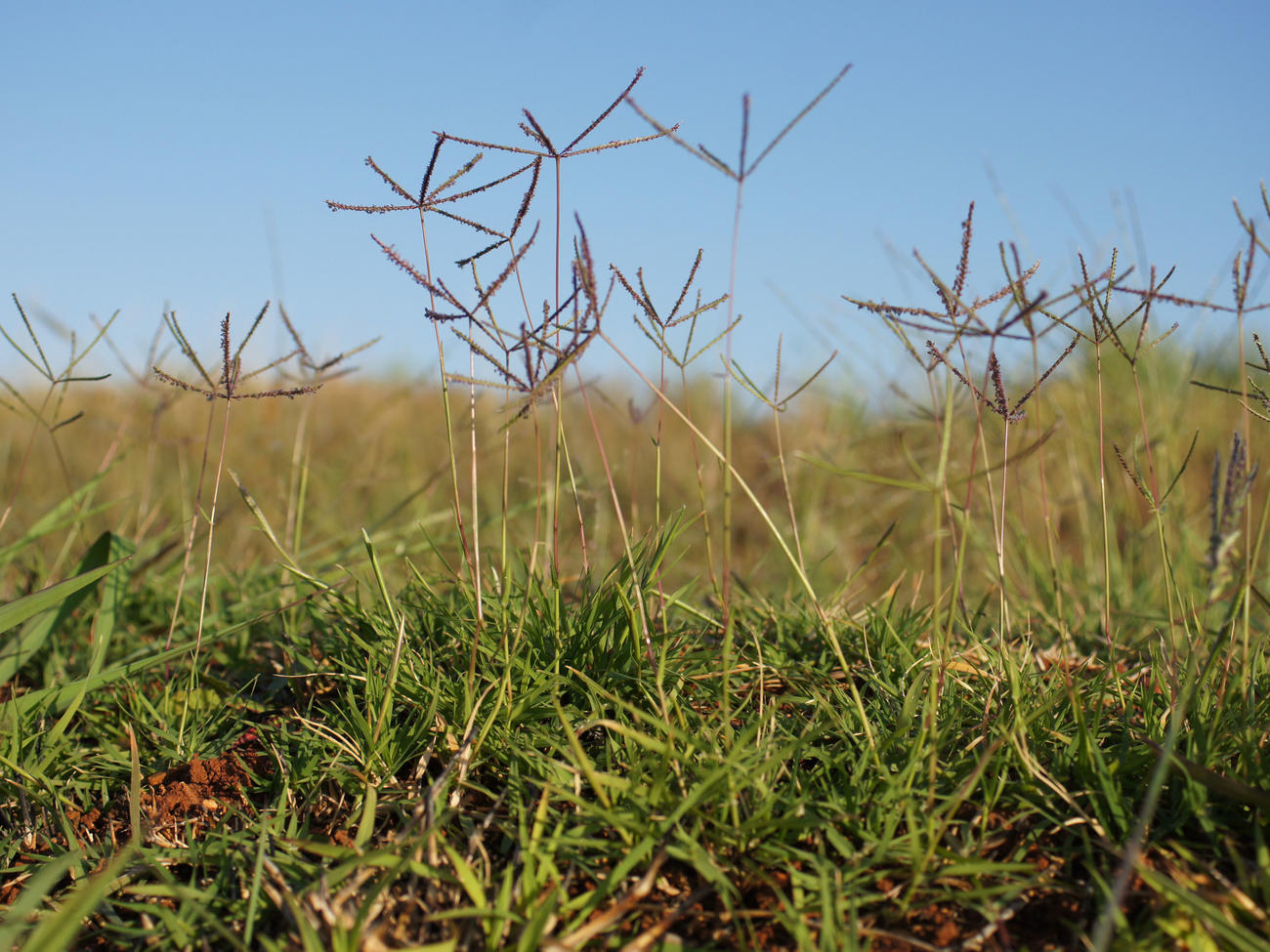
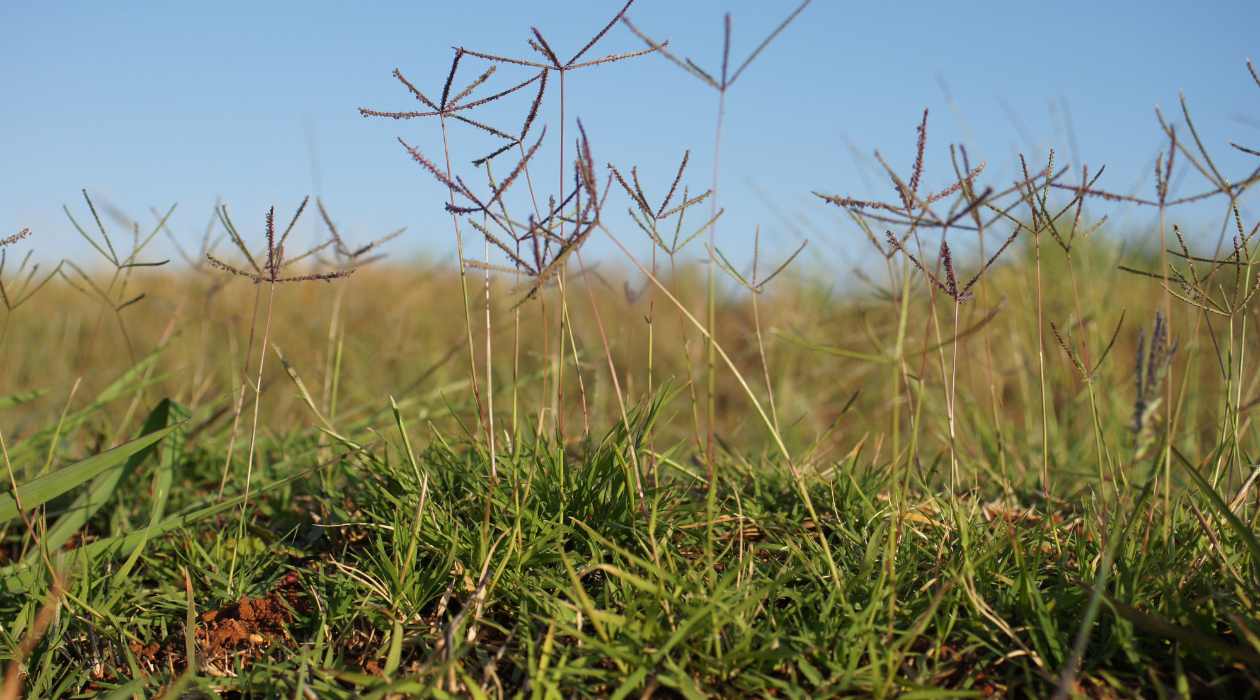
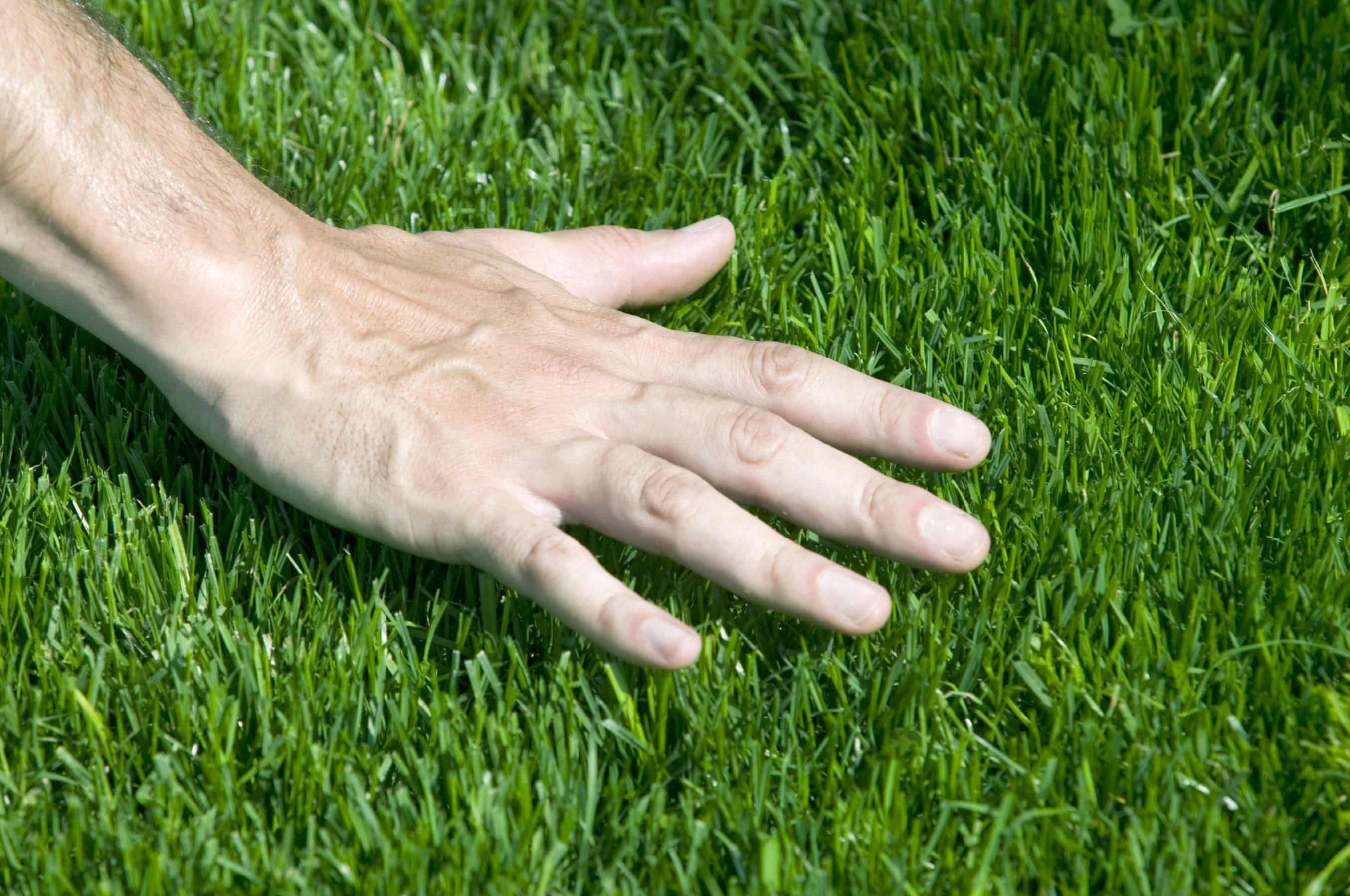
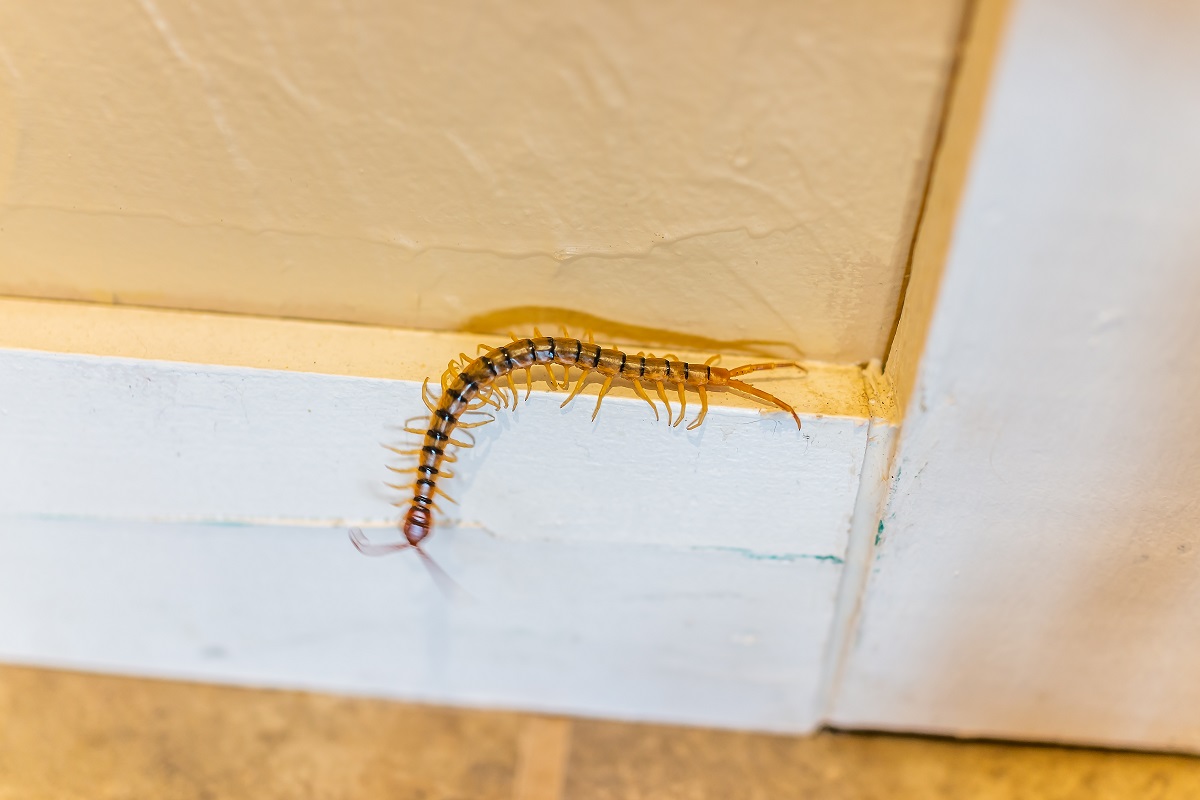
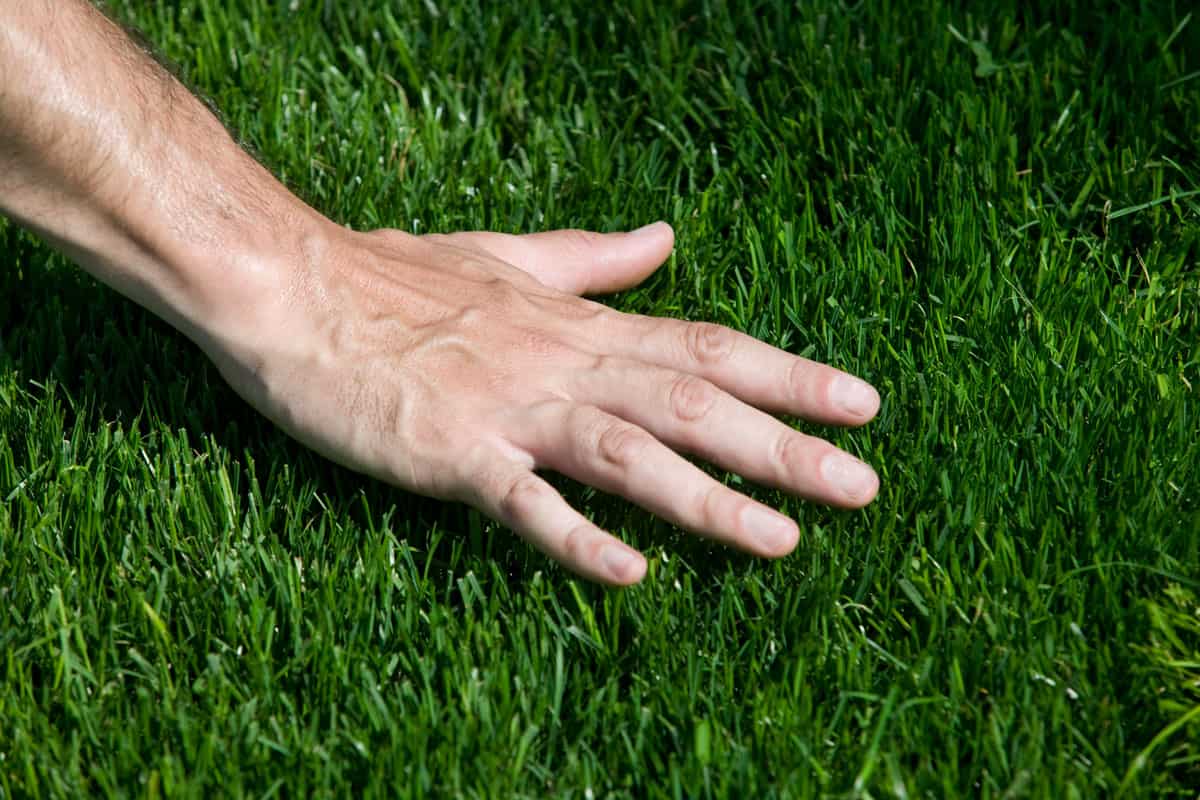
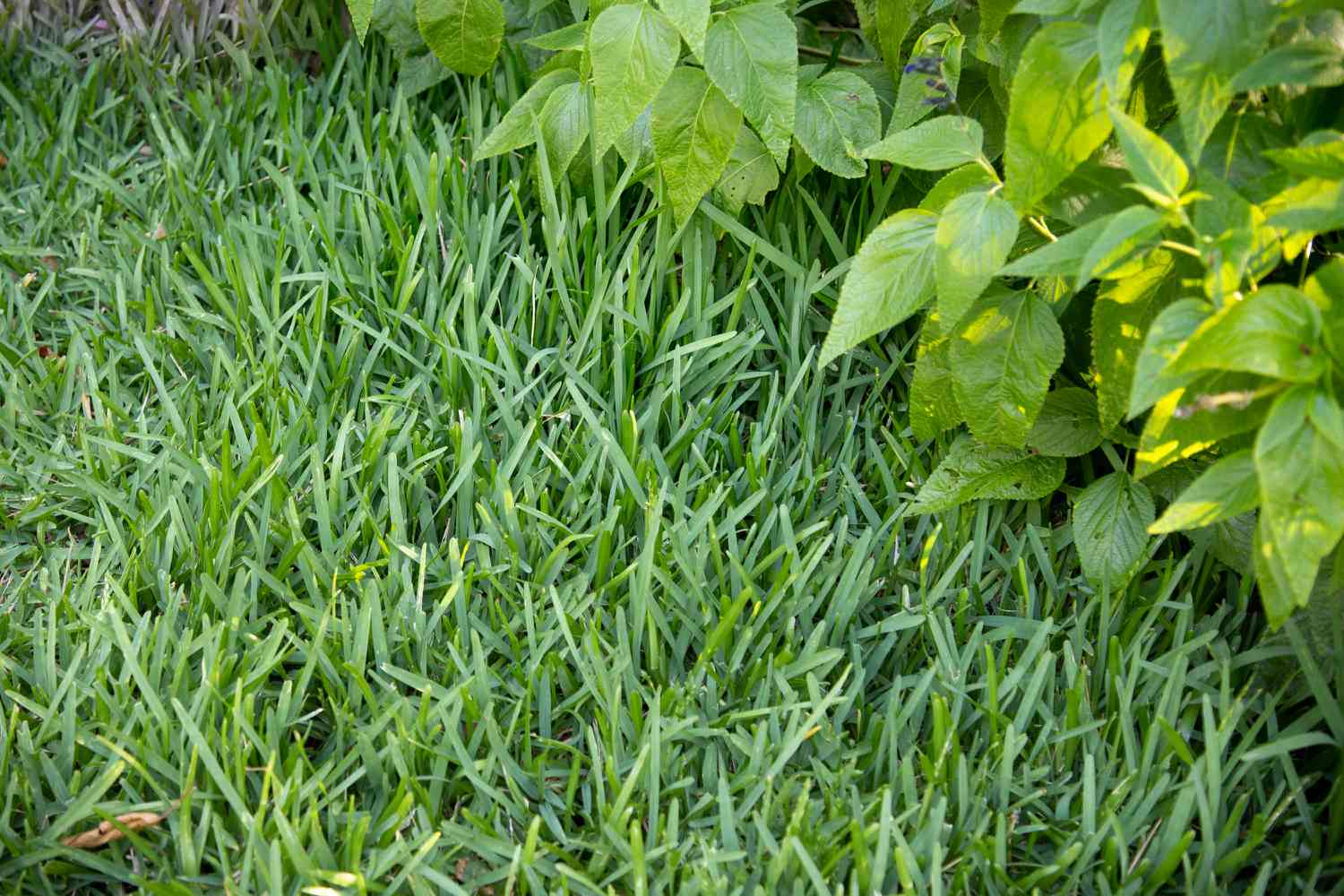









0 thoughts on “How To Get Rid Of Centipede Grass In Bermuda”